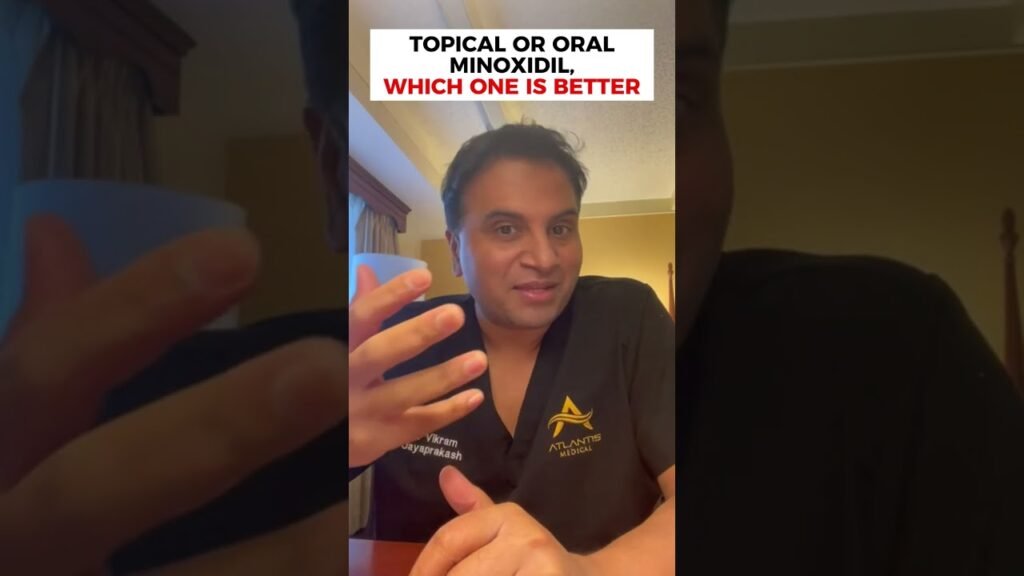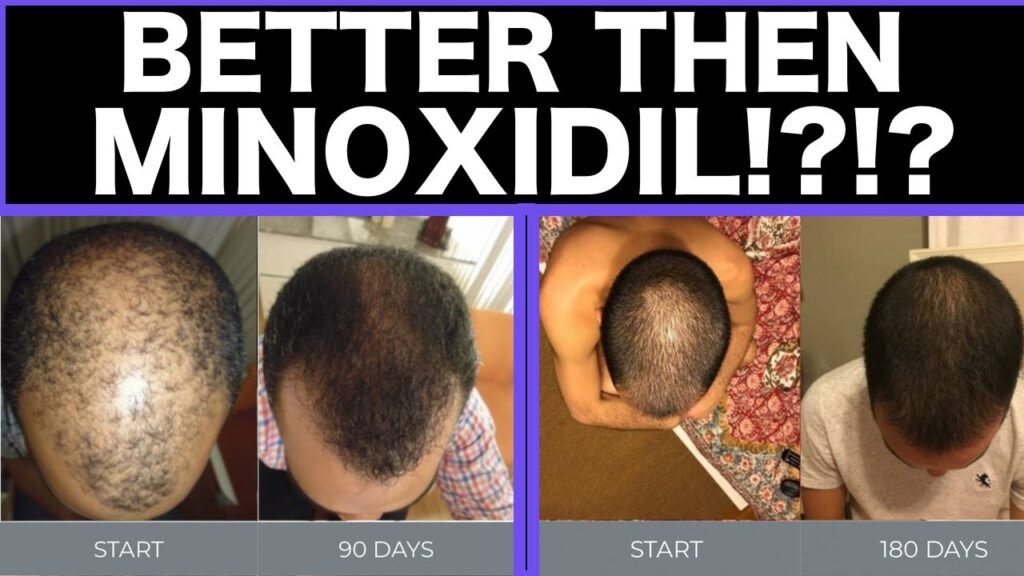Comparing results from Oral minoxidil vs topical
When it comes to treating hair loss, both oral and topical minoxidil have gained significant attention for their effectiveness. However, the results can vary significantly between the two forms. Oral minoxidil is often praised for its systemic approach, delivering the medication throughout the body and potentially providing more consistent and widespread hair regrowth. Patients who have opted for oral minoxidil often report faster results, with noticeable improvements sometimes seen within just a few months of consistent use.
In contrast, topical minoxidil is applied directly to the scalp, targeting specific areas affected by hair thinning or loss. This localized application can be beneficial for those who are concerned about potential systemic side effects. Users of topical minoxidil typically observe results within three to six months, with some individuals experiencing more significant regrowth in targeted areas. However, the results may vary based on the extent of hair loss and individual response to the treatment.
Side Effects and Tolerability
The side effects associated with each form of minoxidil can influence the choice between oral and topical treatments. Oral minoxidil can cause systemic side effects such as changes in blood pressure, increased heart rate, and fluid retention, making it less suitable for individuals with certain health conditions. Topical minoxidil, on the other hand, is generally well-tolerated, with the most common side effects being scalp irritation and itching. The choice between oral and topical minoxidil should be guided by a healthcare professional, considering the individuals health profile and specific needs.


